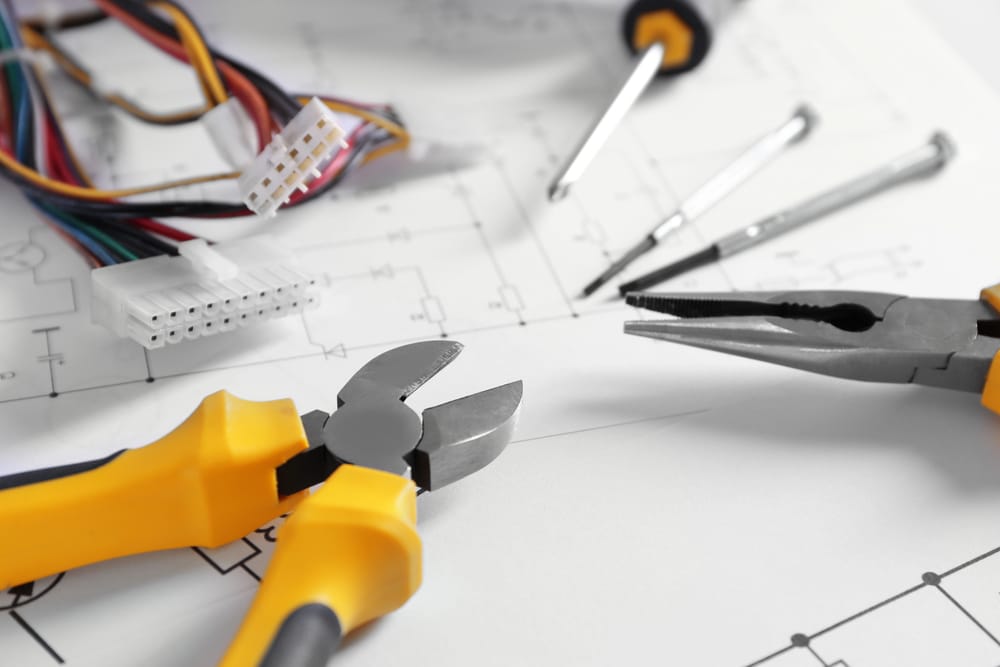Whole-home electrification is an effective way to reduce your carbon footprint and adopt a more sustainable lifestyle. This eliminates the need for fossil fuel-powered systems, which reduces overall emissions and saves money on energy bills. Keep reading to discover the benefits of electrifying your home and how N.E.T.R., Inc. can help you make the change.

Examples of Electric Appliances
There are many kinds of electric appliances that offer great functionality with minimal energy use. To start electrifying your home, you can:
- Replace a gas hot water heater with an electric one
- Exchange a gas stove for an induction cooktop
- Trade a gas furnace for an electric furnace or heat pump
- Replace a gas dryer with an electric dryer
Read
5 Steps Toward Whole Home Electrification
Listen
Whole Home Electrification With Dan Barrett of Gridly (Podcast)
Electrify Everything (Podcast)
5 Ways Whole-Home Electrification Reduces Your Carbon Footprint
1. Decreased Dependence on Fossil Fuels
According to the United Nations, fossil fuels are estimated to contribute 75% of global greenhouse gas emissions. Switching to electric systems in your home is one way to reduce your reliance on harmful oil, gas, wood, and coal-based systems.
2. Improved Energy Efficiency
Most electric systems work more efficiently than their fossil-fuel-powered counterparts, since they need less energy to achieve the same level of heating and cooling. This means you can maintain your comfort while using fewer resources.
Listen
Ductless Heat Pump Efficiency and Energy Savings (Podcast)
3. Lower Electric and HVAC Bills
With electric appliances and HVAC systems using less power, your overall energy bills will also be lower. But, you won’t have to sacrifice your comfort or go without heating and cooling to achieve this.
4. Less Indoor Air Pollution
Traditional fossil fuel systems release harmful pollutants like carbon monoxide and nitrogen dioxide into your indoor air. This can impact your health and cause issues like allergies, respiratory problems, and more. Since electric systems don’t produce these pollutants, your indoor living environment stays healthy.
Read
What WHO & the CDC Say About Your Indoor Air Quality
How to Reduce Indoor Air Pollution Right Now
5. Upgrade to Renewable Energy Later
Once your home is fully electrified, switching to renewable energy becomes easier. The most affordable way to do this is usually with solar panels, which can be seamlessly connected to your electric system to provide clean power for all of your appliances.
Read
Integrating Renewable Resources Into Your Home
Listen
Integrating Solar Power With Your Heat Pumps (Podcast)
How to Calculate Your Power Needs
Calculating your electrical needs is a good starting point when considering whole-home electrification. First, take a look at your monthly energy usage, which is usually listed in kilowatt-hours (kWh) on your utility bill. This will give you an idea of your baseline power consumption, so you can compare how switching to different electric appliances will change the amount of electricity you draw.
Depending on your current electrical setup, you may need to upgrade your panel to accommodate the additional power needs of new appliances. To get a more detailed calculation, you can determine the power rating of each appliance and multiply that by the number of hours the unit operates per day.
For example, if you have a gas hot water heater that uses 200 watts and runs continuously, your appliance would use around 4800 watts every 24-hour period. If you’re thinking about switching to an electric hot water heater that uses 1100 watts, you would need to make sure your panel can handle an additional 21,600 watts.
Electrify Your Boston Metro Home with N.E.T.R., Inc.
Switching to a fully electrified home is one of the most effective ways to reduce your carbon footprint and take control of your energy use. N.E.T.R., Inc. is here to help with services that help you make the switch smoothly and take the next step towards energy independence.
Contact us today at (781) 933-6387 to explore your electrification options or to schedule a service quote.

